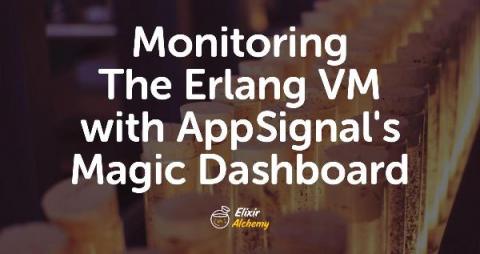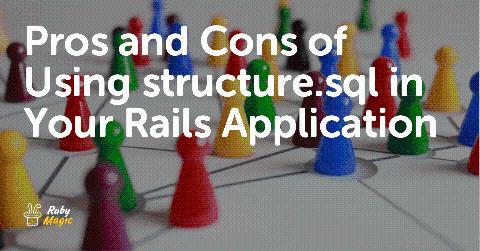How to Monitor Your Host Metrics Automatically
Today, we’ll dive deep into monitoring hosts. The good news is that we’ll point you to some shortcuts on how to set up host monitoring in an easy way. The bad news is that we won’t be doing any percussive maintenance on any host. To monitor hosts, you have to set a few layers in place. Doing all this by yourself would be the hard way. You may ask: “How hard could it be?”.











